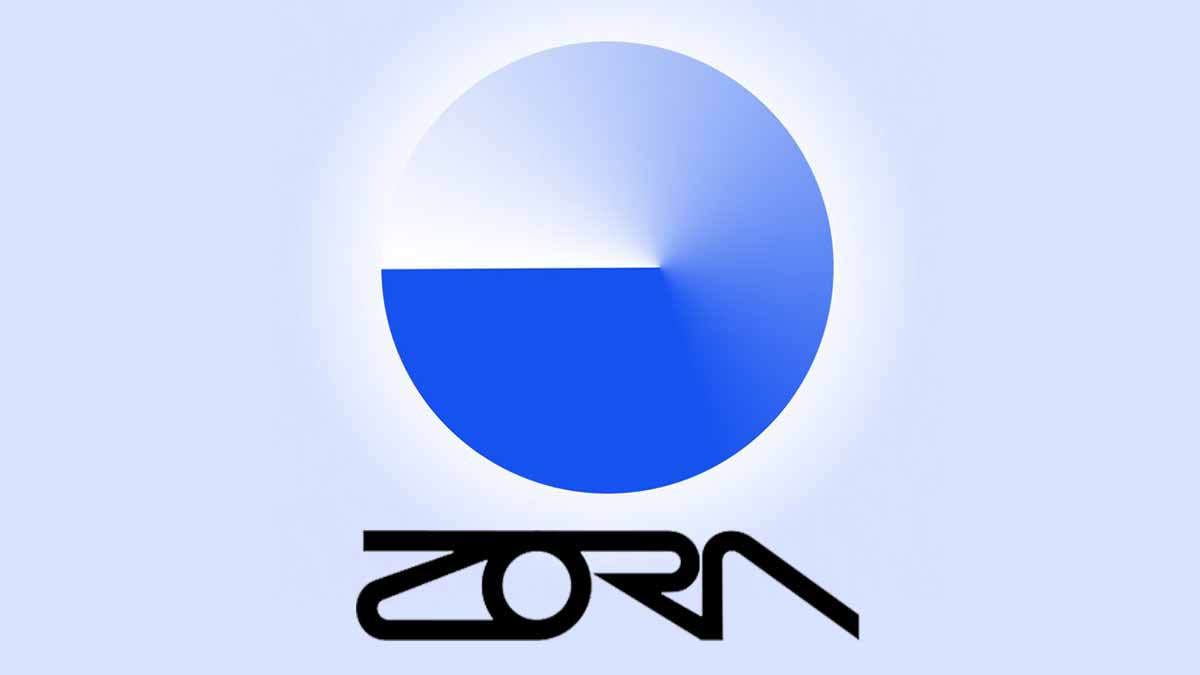Base’s Zora Token Meltdown: How a $17 M Surge Turned Into a $15 M Wipeout
Base, Coinbase’s Ethereum Layer‑2 network, inadvertently launched its first “contentcoin” on Zora when a simple “Base is for everyone” post was auto‑minted into a tradable token. In minutes, the token rocketed to a $17 million market capitalization before plummeting 95%, erasing over $15 million in value and triggering widespread backlash over perceived insider trading. Blockchain sleuth Lookonchain flagged three wallets that collectively pocketed roughly $ 666,000 by front‑running the token’s official announcement. While Base has clarified that it never issued or sold the token and that it remains an experimental tool for on‑chain creativity, many traders feel misled, calling for clearer disclosures and stronger risk safeguards. As Base doubles down on its “contentcoin” vision, the incident underscores the tension between pioneering new Web3 experiences and the responsibility to protect retail participants from extreme volatility.
Background: Base and the “Contentcoin” Experiment
Base launched in February 2023 as Coinbase’s OP Stack–powered L2 solution to make Ethereum transactions faster and cheaper for its 100 million‑plus users. In partnership with Zora, an on‑chain social app that mints posts into ERC‑20 tokens, Base introduced “contentcoins”—tokens representing memes, posters, or cultural moments—aiming to explore new forms of digital engagement.
Token Launch and Promotion
On April 16, 2025, Base posted “Base is for everyone” on Zora, automatically creating a token by that name. Minutes later, the official Base X account shared the same phrase and linked to the token’s Zora page, giving the impression of an official launch. Despite Zora’s disclaimer that this was not an official Base or Coinbase token, speculation drove the token’s market cap to approximately $17 million within an hour.
The Pump: Rapid Surge in Value
The token’s meteoric rise—soaring 88% in 24 hours and topping CoinMarketCap’s trending list—was fueled by Base’s implicit endorsement and a speculative wave among memecoin traders. DEXScreener data showed valuation spiking from near zero to over $17 million before liquidity issues began to emerge. CryptoTicker likewise reported a 95% gain‑and‑dump cycle that wiped out more than $15 million in minutes.
The Crash: 95% Plunge and $15 Million Wipeout
Within roughly 20 minutes of peaking, the token tanked 94–95%, dragging its market cap below $2 million and erasing over $15 million in value in a classic liquidity trap. This sudden collapse sparked outrage as retail traders faced steep losses and questioned the integrity of the process.
Insider Activity: Lookonchain’s Findings
Blockchain analytics expert Lookonchain revealed that three wallets acquired large positions before Base’s official X post and sold immediately after, netting approximately $ 666,000 in profits. Wallet 0x0992 invested 1.5 ETH to buy 256.39 million tokens and sold for 108 ETH, profiting ~$ 168,000; 0x5D9D made ~$ 266,000; and 0xBD31 earned ~$ 232,000. On‑chain analyst Hantao Yuan also noted that the top three holders controlled nearly 47% of the supply, questioning fairness in the token’s distribution.
Community Backlash and Criticism
The crypto community on X decried the episode as a rug pull. Users mocked the idea of Base “launching memecoins off of the main account,” while researcher Pierre Rochard called the move “terrible for the industry”. AP Collective CEO Abhishek Pawa labeled the rollout “disastrous,” and Pump.fun co‑founder Alon lamented the misalignment between innovative vision and market realities.
Base’s Response and Disclaimers
In a series of X posts, Base clarified it did not create, sell, or profit from the token, emphasizing Zora’s auto‑minting protocol was solely responsible. The team reiterated that contentcoins are experimental, aimed at “Memes. Moments. Culture,” and pledged never to sell the tokens allocated to them. Zora’s on‑page disclaimer warned buyers of high risk and non‑affiliation with Base or Coinbase.
Market Metrics and Aftermath
As of press time, the token had recovered to a market cap of around $13 million with a 24‑hour trading volume of $37 million, per Zora’s page, and had generated just over $ 74,000 in creator rewards. Similarly, CryptoBriefing reported a rebound to above $20 million before settling near $18 million, with over $30 million in volume within 12 hours.
Analysis and Implications
This incident highlights the delicate balance between experimentation and responsibility in Web3. While tokenizing content opens novel channels for engagement and revenue, a lack of pre‑launch communication and perceived official backing can swiftly backfire. Retail users, often unable to absorb such sudden volatility, bore the brunt of the fallout, underscoring the need for robust disclaimers, fair token allocation, and real‑time risk alerts before major platforms engage in public token drops.
Conclusion: Lessons for Future Contentcoins
Base’s “contentcoin” trial serves as a cautionary tale for pioneering Web3 projects: innovation must be paired with transparency and consumer safeguards. As Base prepares further drops, such as its FarCon poster coin, it faces a critical test in regaining trust. Establishing clear guidelines for token launches, equitable distribution mechanisms, and upfront risk disclosures will be vital to ensure contentcoins evolve from risky experiments into sustainable tools for creators and communities.






No comments